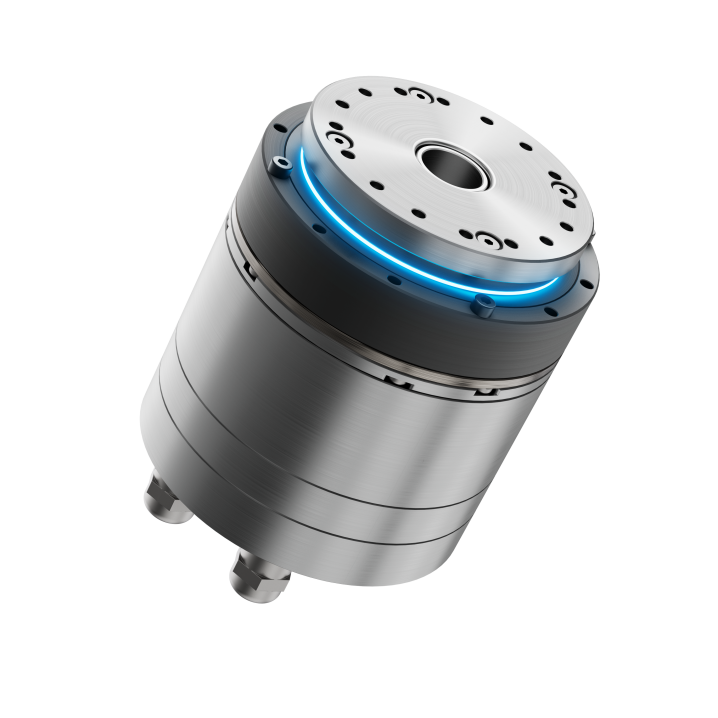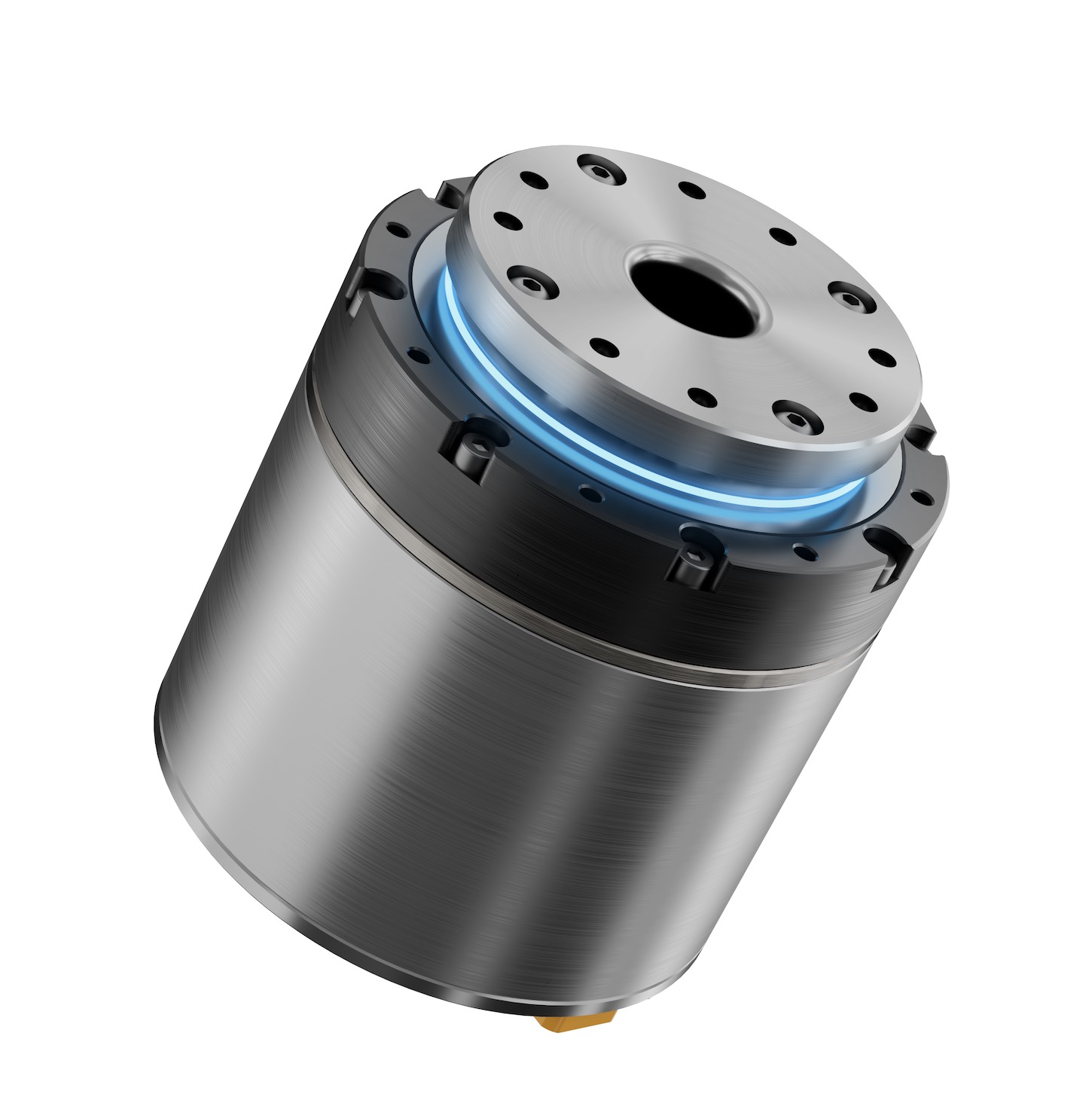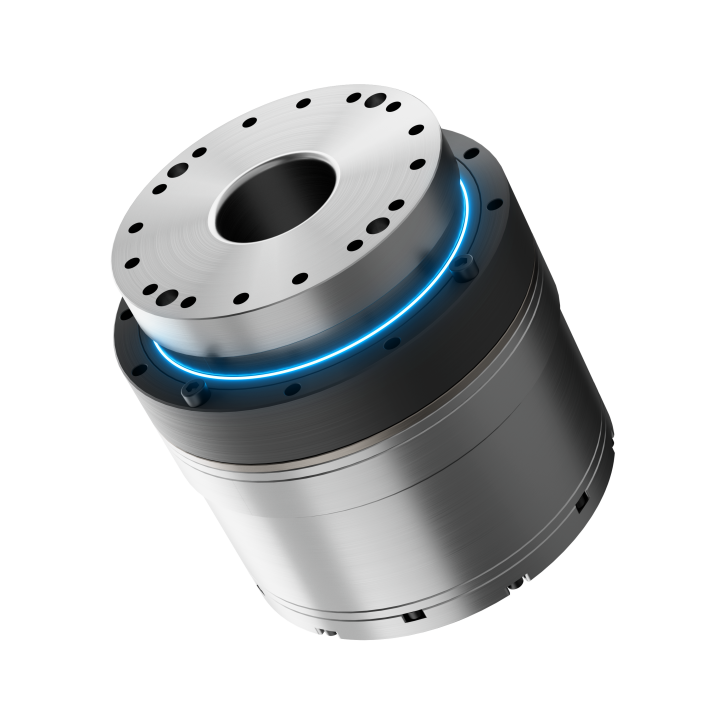Composition and Application of Harmonic Speed Reducers
Harmonic speed reducers, also known as harmonic drive systems or strain wave gear drives, are highly specialized mechanical devices used to achieve precise motion control in various applications. These systems are notable for their compact size, high reduction ratios, and exceptional accuracy. The harmonic speed reducer's unique composition and working principle allow it to deliver efficient torque transmission, minimal backlash, and long service life, making it indispensable in fields such as robotics, aerospace, and industrial automation.
Composition
-
Circular Spline The circular spline is a rigid, annular component with internal teeth. It remains stationary during operation and interacts with the flexspline to transmit motion. The circular spline typically has more teeth than the flexspline, which contributes to the harmonic speed reducer's reduction ratio.
-
Flexspline The flexspline is a flexible, thin-walled component with external teeth. It deforms elastically to engage with the circular spline. This deformation is a crucial aspect of the harmonic drive's operation, allowing for the transmission of torque. The number of teeth on the flexspline is slightly less than that on the circular spline, creating a difference that results in a reduction ratio.
-
Wave Generator The wave generator consists of an elliptical or wave-shaped component that fits inside the flexspline. It induces the necessary deformation in the flexspline, causing its teeth to engage with the circular spline. The wave generator typically comprises a ball bearing assembly that facilitates smooth rotation and reduces friction.
Working Principle
The harmonic speed reducer operates based on the principle of strain wave gearing. The wave generator, when rotated, deforms the flexspline into an elliptical shape. This deformation causes the teeth of the flexspline to mesh with those of the circular spline at two diametrically opposite points. As the wave generator continues to rotate, these contact points move around the circumference of the flexspline, resulting in a rotational movement that is transmitted to the output shaft. Due to the difference in the number of teeth between the flexspline and the circular spline, the flexspline rotates at a reduced speed compared to the wave generator. This speed reduction is proportional to the gear ratio, which is determined by the difference in the number of teeth between the two splines.
Applications
-
Robotics In robotics, harmonic speed reducers are widely used for their precision, compact size, and high torque capacity. They are commonly found in robotic arms and actuators, where they enable smooth, controlled movements. The low backlash characteristic is crucial for applications requiring high positional accuracy, such as surgical robots and precision assembly robots.
-
Aerospace The aerospace industry employs harmonic speed reducers in various components, including control surfaces and satellite positioning systems. The reducers' ability to operate efficiently under extreme conditions, such as high vacuum and wide temperature ranges, makes them suitable for space applications. Their compact and lightweight design is also advantageous in aerospace applications, where weight and space are critical factors.
-
Industrial Automation In industrial automation, harmonic speed reducers are used in machinery requiring precise motion control, such as CNC machines, semiconductor manufacturing equipment, and automated guided vehicles (AGVs). Their high efficiency and ability to maintain accuracy over extended periods make them ideal for high-precision tasks.
-
Medical Equipment Harmonic speed reducers are used in various medical devices, including imaging equipment and robotic surgery systems. Their precise control capabilities enhance the performance of these devices, enabling better diagnostic accuracy and surgical precision. Additionally, the smooth and quiet operation of harmonic speed reducers is beneficial in medical environments where noise reduction is crucial.
Advantages
-
High Reduction Ratios Harmonic speed reducers offer high reduction ratios in a compact form factor, which is challenging to achieve with traditional gear systems. This feature allows for significant speed reduction while maintaining a high level of torque, making them suitable for applications where space is limited but precise control is required.
-
Low Backlash The design of harmonic speed reducers inherently results in low backlash, which is the small amount of movement that occurs when the direction of force is reversed. Low backlash is essential in applications requiring precise positioning, as it minimizes errors and improves accuracy.
-
Compact and Lightweight The compact and lightweight nature of harmonic speed reducers is advantageous in applications where space and weight constraints are critical. This characteristic is particularly beneficial in aerospace and robotic applications, where reducing weight can improve efficiency and performance.
-
High Efficiency and Reliability Harmonic speed reducers are known for their high efficiency, often exceeding 90%. Their simple design with fewer moving parts reduces the risk of mechanical failure, contributing to long service life and reliability. This reliability is crucial in applications where maintenance is challenging or costly, such as in space or deep-sea environments.
Harmonic speed reducers are a versatile and reliable solution for a wide range of applications requiring precise motion control. Their unique composition, based on the interaction between the circular spline, flexspline, and wave generator, enables high reduction ratios, low backlash, and compact design. These characteristics make harmonic speed reducers indispensable in advanced fields like robotics, aerospace, industrial automation, and medical equipment. As technology advances, the demand for more precise and efficient motion control systems will likely drive further innovations in harmonic speed reducer design and application.

















